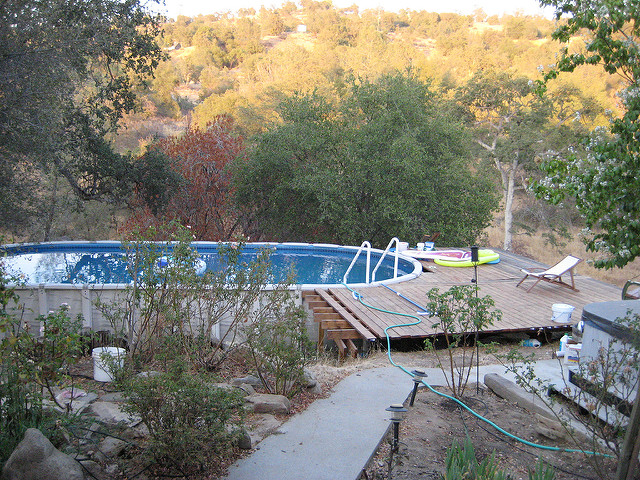
Photo by CC user Joyce-rice on Flickr.
A major home improvement is an expensive undertaking that requires proper planning in advance. Unlike simple remodeling tasks that are cheap, this is a big project which includes loft conversions, repainting, change of bathroom and kitchen appliances, and furniture upgrades among other tasks. Home renovation adds value to your property, but the main problem is how to finance it. The following are cheap ways to fund a major home improvement project.
- Home Equity Loan
This arrangement translates to a second mortgage on your property. Most lenders will charge a fixed interest rate for the life of the loan. You get the money in a lump sum which is ideal for one-time projects. Â Use a mortgage calculator to evaluate and determine your loan qualification. The monthly payments will constitute the principle amount and the interest.
- Cash-out refinance
Ideally, you replace the current mortgage plan with a new one and get some cash for home improvement. The lender factors the money he lends to you into years which he adds on the existing loan. You can take advantage of low mortgage rates in the current market using this approach.
- Home Equity Line of Credit
This plan gives you a chance to access a certain amount of money periodically. You can use such schemes to make continual improvements such as furniture in the first three years and then bathroom and kitchen remodeling later. Focus on those remodels that add the most value to your home and tackle the others later. Fluctuating mortgage rates is the primary disadvantage of this financing scheme.
- Cash
Use of cash is desirable because it is fast and reduces debts. The biggest problem with this mode is that many homeowners do not have enough savings to make the dream a reality. Some improvements are very costly and can drain your bank account. You can combine cash payment with other loans in a bid to reduce interest rates accumulation.
- Unsecured or Personal loans
These loans are usually medium-term, and lenders can give you up to 60 months repayment period. Acquiring such credit is easy and do not need any collateral which means that your house is safe. You, however, do not get tax benefits from this kind of borrowing, and you can end up paying large sums of money in the long run.
It is evident that there are several types of home improvement financing with varying characteristics. You should evaluate the repayment plan to avoid defaulting and incurring bad debts. The choice depends on individual needs, commitment, and qualifications.




